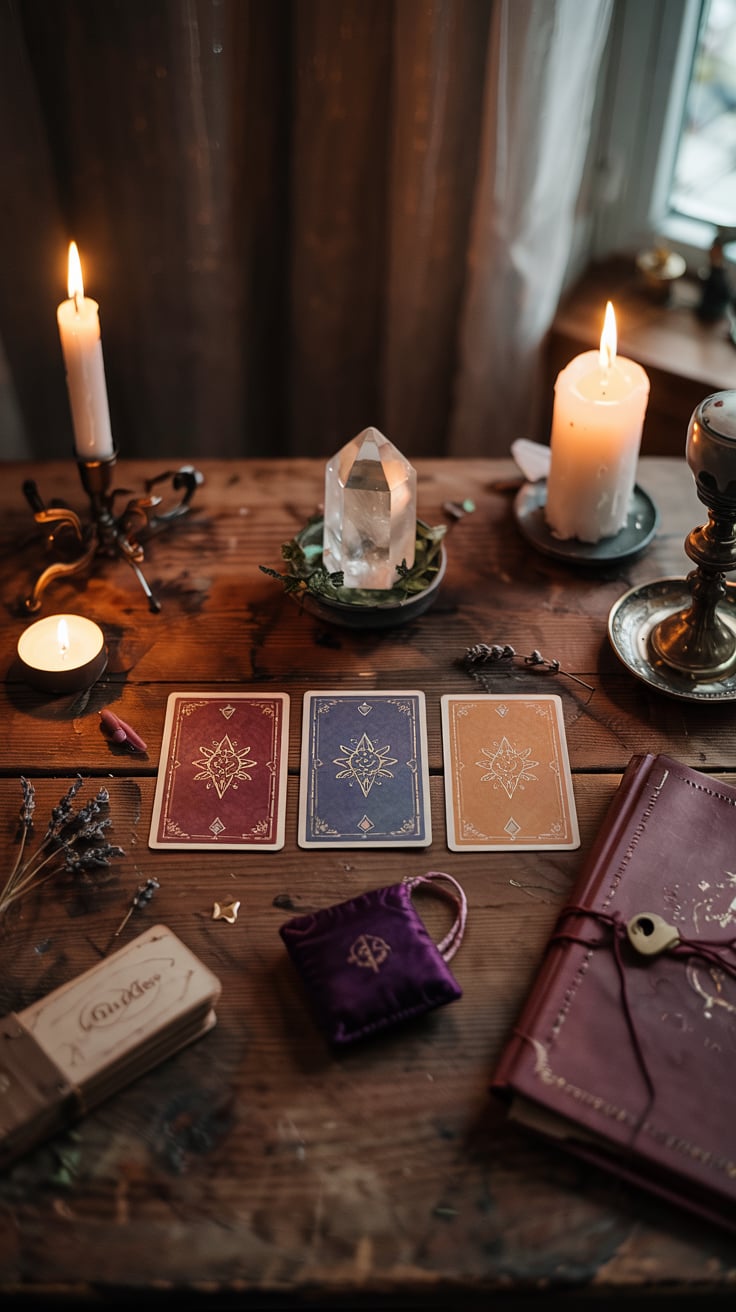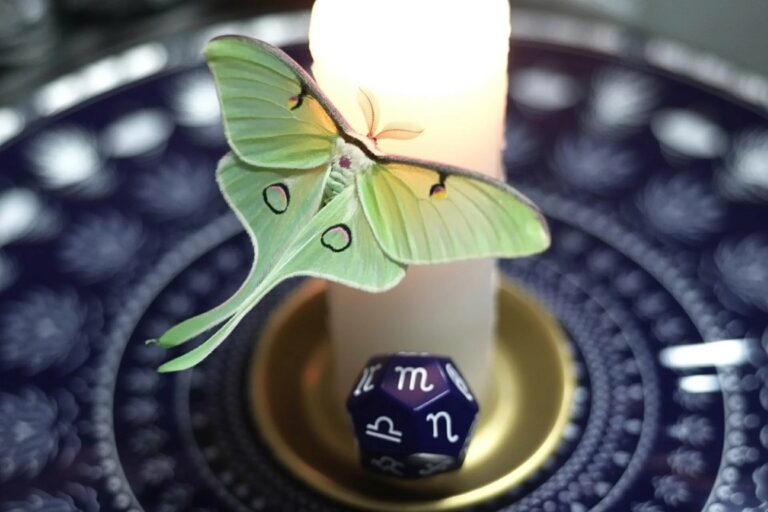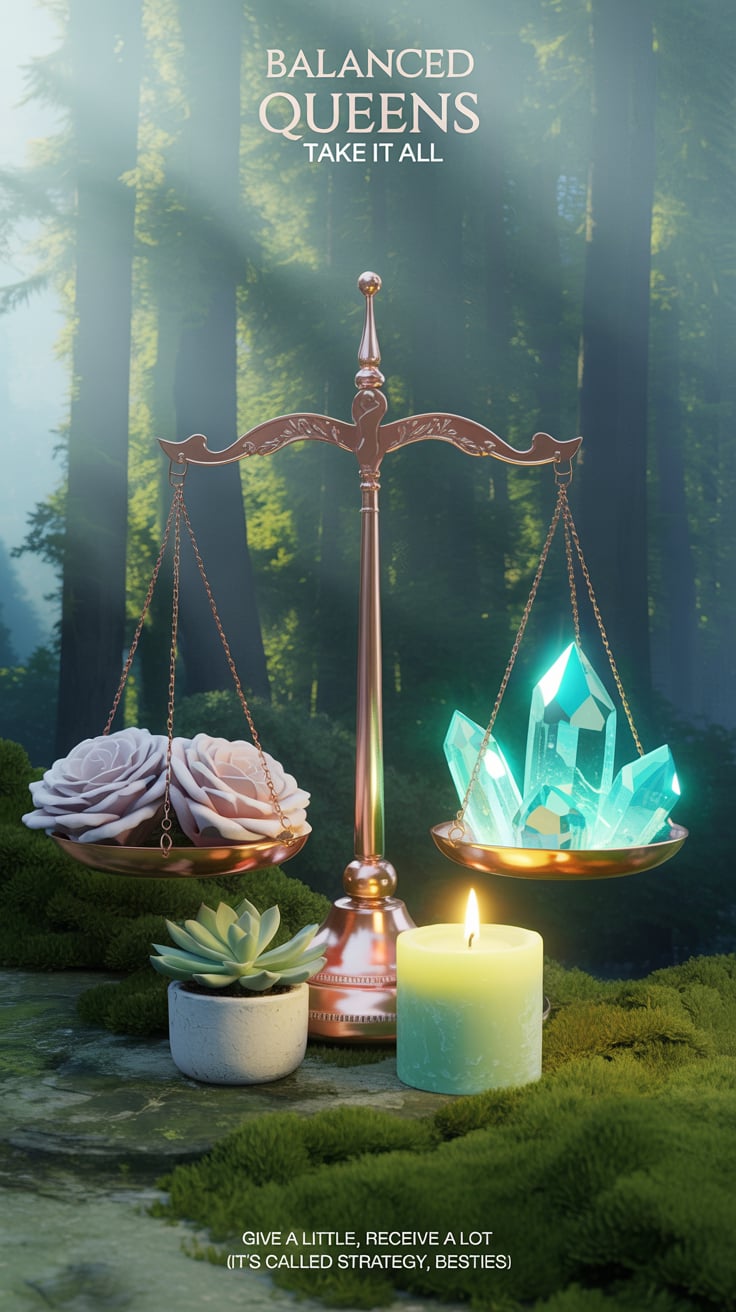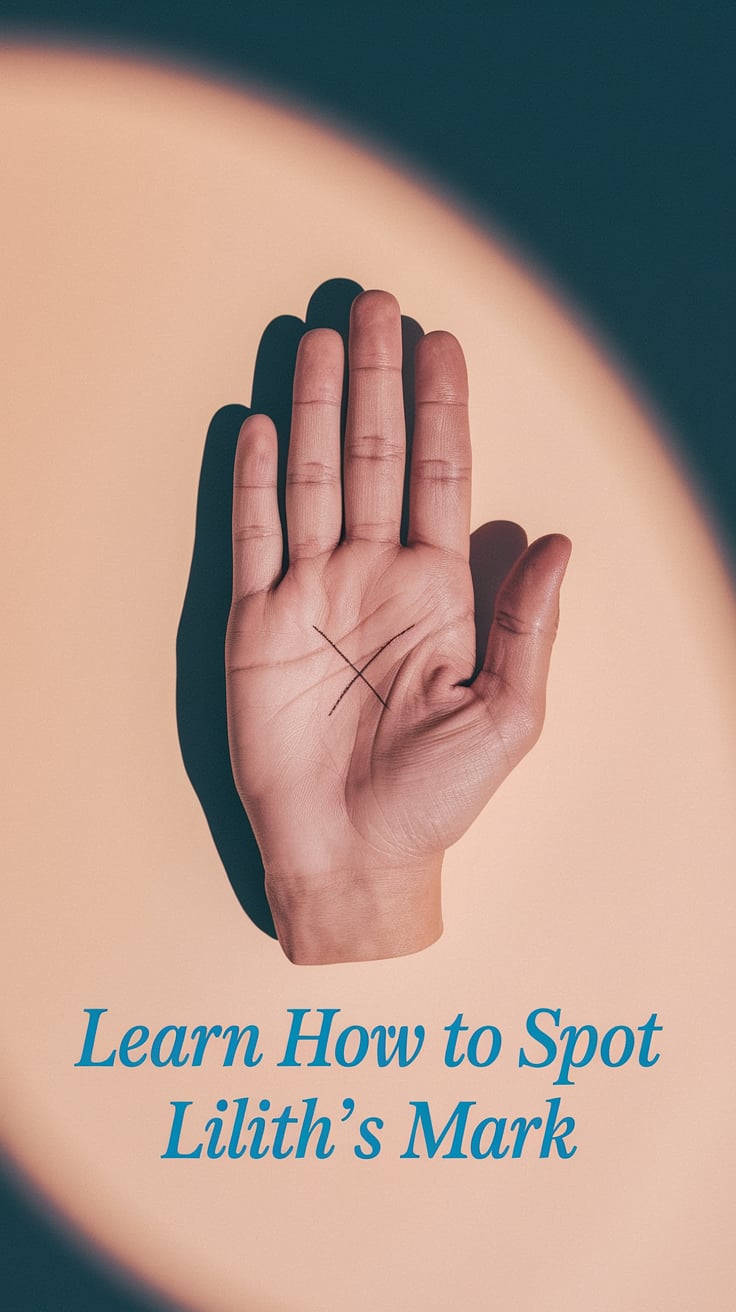A Beginner’s Guide to Reading Tarot: Tips for Interpretation That Actually Make Sense
Please note that posts on this site may contain affiliate links
Hey there! So I’ve been reading tarot cards for many years now, and I STILL remember how overwhelming it felt at the beginning. All those symbols, all those possible meanings, and don’t even get me started on those dense books that make you feel like you need a PhD just to understand a simple card pull. I figured it might be helpful to put together my own guide that actually, ya know, makes sense to normal humans.
I’m definitely not claiming to be some mystical tarot guru or anything – I’m still learning new things all the time. But I’ve picked up some really useful approaches that have made tarot WAY more accessible and meaningful in my practice. So here we go!
Getting Started with Tarot
First things first – you need a deck. And seriously, don’t stress about all that nonsense about how “your first deck must be gifted to you” or whatever. That’s just not true. Buy yourself a deck that you’re drawn to! The traditional Rider-Waite-Smith deck is a solid choice for beginners because most books and resources reference its imagery, but honestly, follow your intuition here.
I started with a really beautiful nature-themed deck and realized after about two months that the imagery was so different from traditional symbolism that I couldn’t make sense of anything I was reading online about card meanings and I got super frustrated and almost gave up on tarot entirely before getting a classic deck and things started clicking into place and suddenly everything made so much more sense. (Whew, that was a journey of a sentence!)
The most important thing is that you feel a connection to your cards. Hold the deck in your hands if possible before buying. Do the images speak to you? Do you feel drawn to the artwork? Does something about it just feel RIGHT? That’s what matters.
Once you’ve got your deck, many readers recommend “cleansing” it energetically. You can leave it in moonlight, pass it through incense smoke, or simply shuffle while focusing on your intentions. Personally I just like to spend some time looking through each card, touching them, and kinda getting to know them. Oh and keep them wrapped in natural fabric if possible – I use a silk scarf I found at a thrift store.

Understanding the Tarot Structure
Okay so tarot decks have 78 cards total (though some modern decks play with this a bit). They’re divided into the Major Arcana and Minor Arcana.
The Major Arcana has 22 cards and represents big life themes and spiritual lessons. These are the cards everybody knows – Death, The Lovers, The Fool, etc. When these show up in readings, pay attention because they’re highlighting significant energies or events.
The Minor Arcana has 56 cards divided into four suits: Cups (emotions, relationships), Pentacles (material world, money, health), Swords (intellect, decisions, conflict), and Wands (passion, energy, creativity). Each suit has cards numbered Ace through Ten, plus four Court Cards (Page, Knight, Queen, King).
I used to get SO confused about the court cards and would literally groan when they showed up in readings. Like great, another cryptic royal person I don’t understand!
But I’ve come to see them as either people in your life OR aspects of yourself. Pages are beginners/messengers, Knights are action-takers, Queens represent mastery and nurturing energy, and Kings show authority and achievement. Still working on fully understanding these honestly.

Basic Spreads to Try
When you’re just starting out, don’t jump into complex spreads! Seriously. I made that mistake and ended up staring at 10 cards feeling completely lost.
Start with a single card pull each morning. Just ask “What energy do I need to be aware of today?” Draw one card, and sit with it. Look at the image. What stands out? What feelings come up? Only then look up the traditional meaning and see how it resonates.
Once you’re comfortable with single cards, try a 3-card spread. This can be interpreted in LOTS of ways:
- Past / Present / Future
- Situation / Action / Outcome
- Mind / Body / Spirit
- You / The Other Person / The Relationship
The Celtic Cross is like the classic 10-card spread that shows up in all the books, but it’s pretty intense for beginners. I tried using it exclusively when I first started and just ended up confused and discouraged. Maybe save this one until you’ve got a few months of practice under your belt.
Wait, I forgot what else I was going to say about spreads… Oh right! Don’t feel like you have to stick to traditional spreads at all. Make up your own that make sense for your question. Tarot is super flexible that way.

Interpretation Tips That Actually Work
Alright, here’s where I think most tarot books get it wrong. They give you these rigid definitions for each card as if there’s ONE correct interpretation. That’s just not how tarot works!
TRUST YOUR INTUITION first and foremost. I can’t emphasize this enough. What do YOU see in the card? What jumps out at you? Maybe it’s a color, a symbol, the expression on a figure’s face. Start there. The “traditional” meanings are helpful guidelines, but your intuitive hit is often where the real magic happens.
Pay attention to how cards relate to each other in a spread. Are there multiple cards from the same suit? That’s emphasizing that energy (lots of Cups = emotions are central to the situation). Do you see numbers repeating? Themes in the imagery? Like if you see water in several cards, themes of emotion and subconscious might be extra important.
And then there’s the whole reversals thing. Some readers interpret reversed cards (cards that appear upside down) as blocked energy, internal challenges, or opposite meanings.
Others don’t read reversals at all. I personally go back and forth depending on how I’m feeling that day which probably isn’t the “right” way to do it but whatever works for you is what matters and I’ve found that sometimes paying attention to reversals adds an important layer and sometimes it just complicates things unnecessarily so I’ve learned to just feel it out and decide before each reading if I’m going to consider reversals or not and make that part of my little pre-reading ritual and that approach has worked pretty well for me over the years even though I know some traditional readers would probably be horrified by my inconsistency but tarot is ultimately personal and you have to find what works for YOUR practice.
Common Mistakes and How to Avoid Them
The biggest mistake I see beginners make is overthinking everything. They pull a card, immediately grab a book or Google the meaning, and then try to force that exact definition onto their situation. Tarot is more nuanced than that! Sit with the card first. THEN check references if needed.
Another huge one is fear of certain cards. I remember the first time I pulled the Death card – I literally gasped out loud! But here’s the thing – Death almsot never means literal death. It’s about transformation, endings that make way for beginnings, necessary change. Similarly, The Tower isn’t just destruction – it’s breaking down false structures so something more authentic can be built.
Don’t read when you’re super emotional about a situation. I know it’s tempting to grab your cards when you’re upset about a relationship or worried about a job, but that’s when it’s hardest to stay objective. Your anxiety will color everything you see. It’s better to wait until you’re calmer, or to ask a different reader for perspective.
Oh, and I think it’s really important to approach tarot with respect but not fear. Some people treat their cards like they’re these scary powerful things that might curse them if handled wrong, while others treat them like meaningless playing cards.
The sweet spot is somewhere in the middle – they’re tools for accessing your intuition and universal wisdom, nothing more or less. Although I definately think some decks do have their own personalities! (But actually, I’ve found that treating cards too preciously can create an unhelpful mystique around them.)
Recommended Works to Deepen Your Tarot Practice
Oh! I almost forgot to mention some of my favorite tarot books! If you’re serious about going deeper with tarot, here are some amazing resources that have totally transformed my practice. These aren’t your typical “this card means X” guides – they’re works that help you develop a real relationship with the cards.
The Way of Tarot: The Spiritual Teacher in the Cards by Alejandro Jodorowsky and Marianne Costa has been like my tarot bible for years now. Jodorowsky approaches the cards from such a unique perspective – he sees the entire deck as this interconnected temple of wisdom rather than just 78 random cards.
What I LOVE about this book is how it breaks down the Marseille Tarot (which is super traditional and doesn’t have all those illustrated Minor Arcana cards that we’re used to seeing). This book completely changed how I understand the underlying structure of tarot.
It’s pretty dense in some parts, ngl, but so worth pushing through if you want to understand the deeper symbolism. The sections where “the card speaks for itself” are seriously mind-blowing.
Tarot and the Archetypal Journey: The Jungian Path from Darkness to Light by Sallie Nichols is perfect if you’re into psychology and want to understand how tarot connects to those deeper parts of your psyche. Nichols looks at tarot through a Jungian lens, connecting the cards to archetypes and the collective unconscious.
I found this approach super helpful when I was struggling with those “scary” cards like Death and The Tower – it helped me see them as necessary parts of the human experience rather than just something to fear. The way she connects the Major Arcana to the hero’s journey makes SO much sense and gives you a framework for understanding your own life through the cards.
Meditations on the Tarot: A Journey into Christian Hermeticism is definitely the most intense of these recommendations. This isn’t a quick read – it’s more like a spiritual journey that uses tarot as its framework. Each chapter explores one of the Major Arcana cards in incredible depth, connecting tarot to Christian mysticism, Hermeticism, Kabbalah, and other esoteric traditions.
I was honestly surprised by how much I connected with this book since I don’t come from a Christian background, but the insights are universal and profound. The author wrote it as a series of letters to the reader, which makes it feel super personal. It’s not the first book I’d recommend to a complete beginner, but once you’ve got the basics down, this book will blow your mind with its depth.
These books go way beyond the “this card means this” approach and really help you develop your own relationship with the cards. They’ve been game-changers for me in developing a more intuitive and personally meaningful tarot practice. I still refer back to them constantly – they’re all highlighted and dog-eared to death in my copies!
In Conclusion…
So that’s my quick and dirty guide to getting started with tarot! The most important thing is to just START. Get a deck that calls to you, pull a card a day, and build your relationship with the cards. Everything else will flow from there.
Don’t expect to memorize all 78 meanings overnight. I’ve been at this for years and still check references sometimes. Be patient with yourself and remember that this is supposed to be enlightening AND fun.
K, gotta go make dinner now. Might post more about specific cards or spreads later if anyone’s interested. Let me know if this was helpful!







